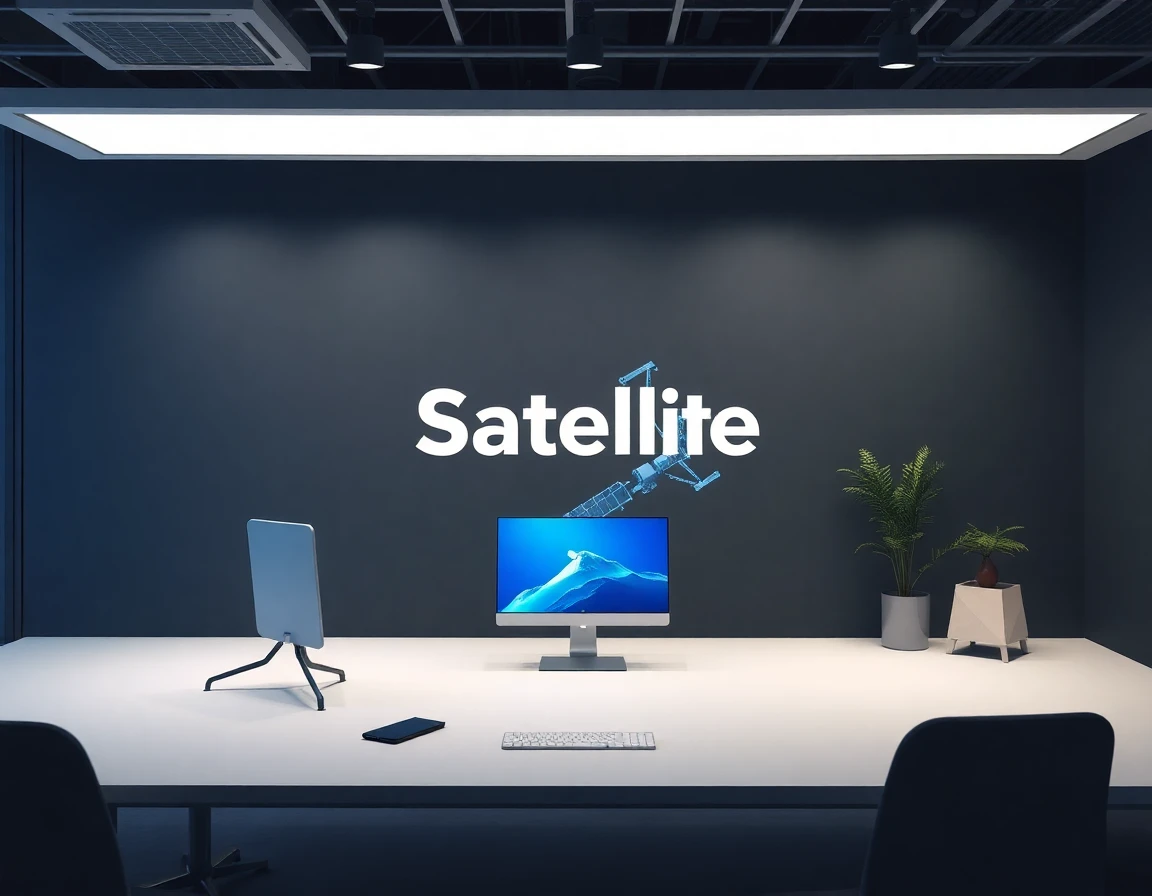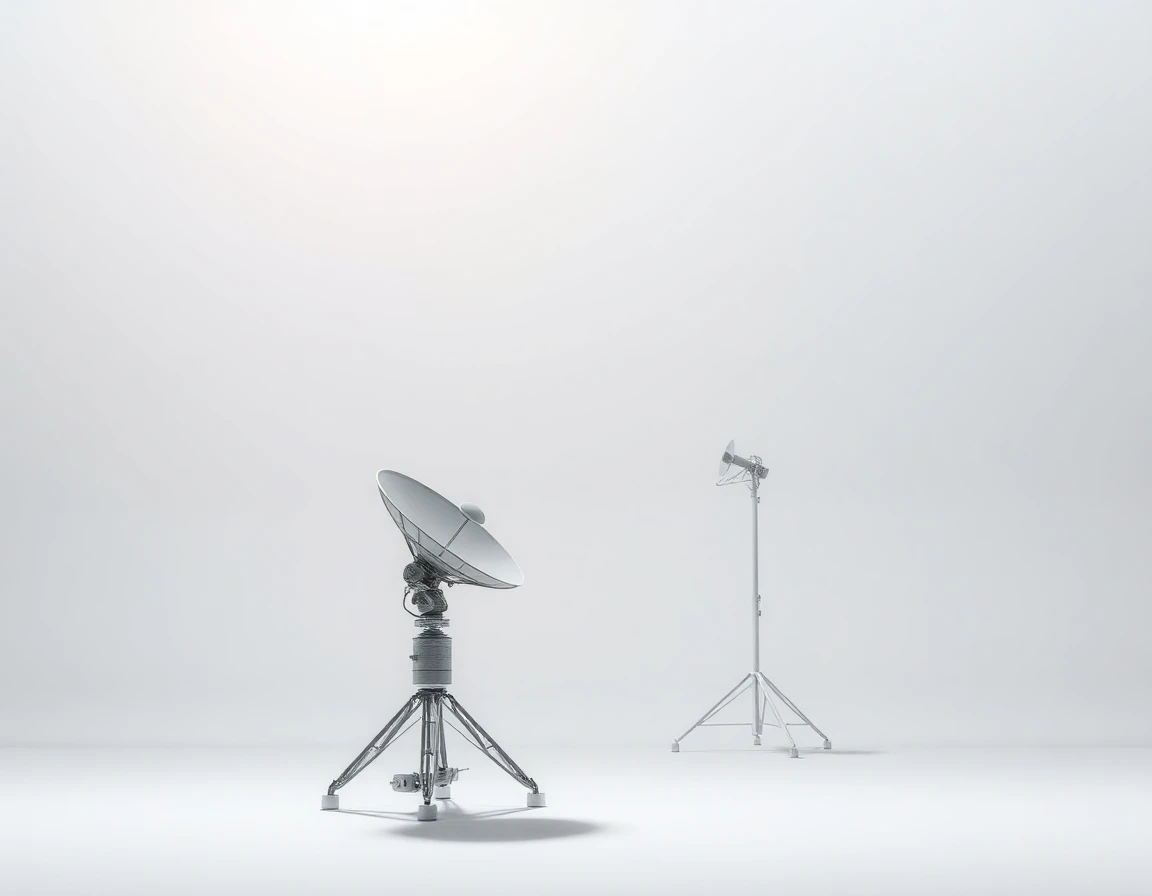In a significant development for the aerospace sector, Nuview, a leading developer of advanced lidar instruments, has announced that it has secured $5 million in funding from the National Space Innovation Council (NSIC). This funding aims to enhance the capabilities of lidar technology used in satellite applications, paving the way for more accurate data collection and environmental monitoring.
The Role of Lidar in Satellite Technology
Lidar (Light Detection and Ranging) is a remote sensing method that uses light in the form of a pulsed laser to measure variable distances to the Earth. It is a critical technology for satellites, offering detailed topographic data that is essential for applications such as climate monitoring, urban planning, and disaster response. As satellites become increasingly integral to global data collection efforts, the enhancement of lidar systems can lead to significant improvements in data accuracy and operational efficiency.
According to Dr. Helen Carter, a senior research scientist at the Space Technology Institute, “The integration of advanced lidar systems on satellites allows for unprecedented precision in measuring changes to the Earth’s surface. This funding will enable us to push the boundaries of what is currently possible with remote sensing.”
Technical Innovations in Nuview’s Lidar Instrument
Nuview’s new lidar instrument is designed to operate efficiently in the challenging conditions of space. It features advanced signal processing algorithms and high-resolution imaging capabilities, which together enhance its performance in capturing data from various terrains. This is particularly relevant for applications such as forestry monitoring, where detailed vegetation data is crucial for conservation efforts.
The instrument’s reliance on advanced sensor modules, which integrate three-axis gyroscopes and accelerometers, ensures exceptional stability and accuracy in motion sensing during satellite operation. This technology is vital for navigating the complexities of the satellite’s orbital environment, providing precise guidance and maintaining data integrity.
Industry Context and Future Implications
As satellite technology continues to evolve, the demand for high-precision instruments is expected to grow. The NSIC funding not only supports Nuview’s immediate project but also signals a broader trend within the aerospace industry towards investing in advanced sensor technologies. With global satellite launches on the rise, the potential applications for improved lidar systems extend beyond environmental monitoring to include agriculture, urban planning, and disaster management.
In light of this funding, industry experts anticipate an increase in collaboration between governmental agencies and private companies. “The NSIC’s investment in Nuview illustrates a commitment to fostering innovation in satellite technologies, which is essential for maintaining a competitive edge in the global aerospace market,” stated John Marshall, an aerospace analyst at AeroInsights.
Conclusion: A Step Towards Enhanced Satellite Operations
Nuview’s successful acquisition of NSIC funding marks a pivotal moment for the integration of lidar technology in satellite operations. As the aerospace sector continues to embrace cutting-edge technologies, the advancements brought forth by this funding promise to enhance our understanding of the Earth and improve responses to environmental challenges. The collaboration between public funding bodies and private innovators is crucial for driving progress in this field, ensuring that the next generation of satellites can deliver more accurate and reliable data.
With the ongoing developments in lidar instrument technology, the future looks bright for satellite applications, paving the way for smarter, more efficient monitoring of our planet.
This article highlights the intersection of funding, technology, and innovation in the satellite industry, showcasing how enhanced lidar capabilities can lead to significant advancements in data collection and environmental management.



